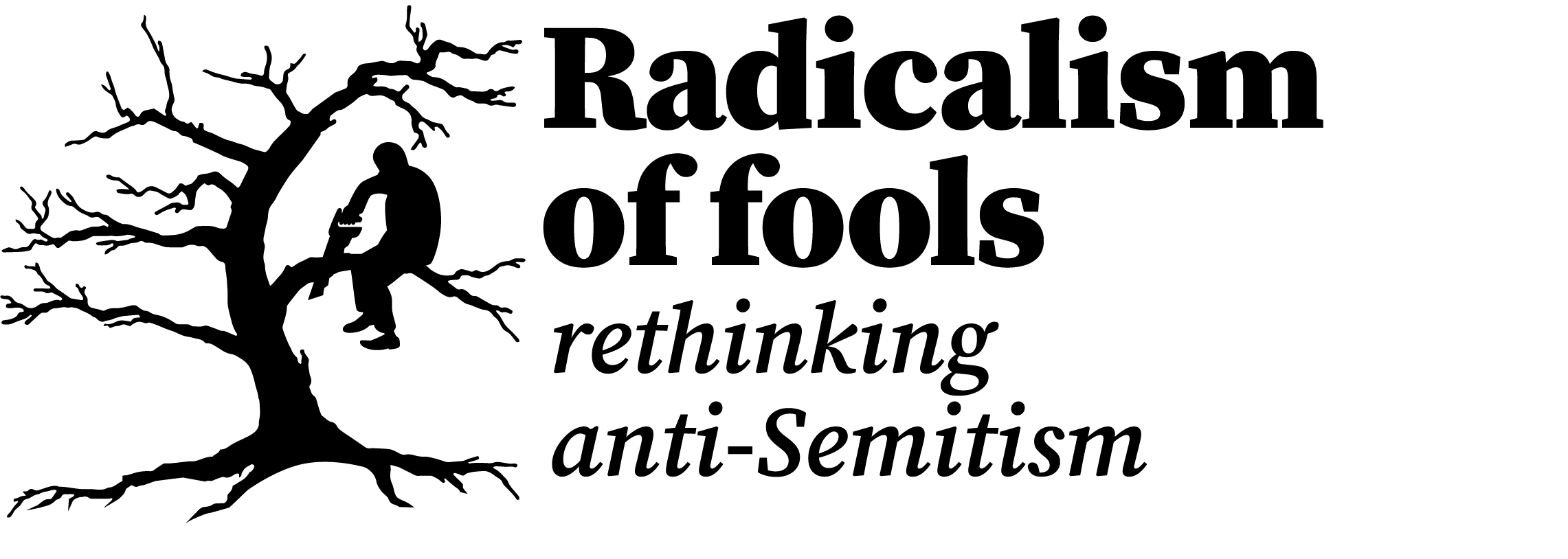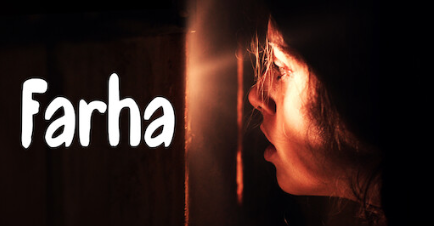I was not planning to write about Farha as after watching the film on Netflix I decided it was not particularly noteworthy. However, the reaction to it has changed my mind.
To me the discussion of Farha encapsulates a lot of what is wrong with the discussion of contemporary anti-Semitism. There is a failure to recognise anti-Semitism on the part of some and an inadequacy in attempts by others to explain it. What could politely be called wilful misdirection by anti-Israel activists is also apparent. It should also go without saying on this website that attempts to supress the film should be staunchly resisted.
Given the historical setting of the film it is not surprising it has evoked such controversy. It is set in a Palestinian village in 1948. From a mainstream Israeli perspective that was during its war of independence when the armies of surrounding Arab states tried to strangle it at birth. From a mainstream Palestinian perspective that was the year of the Naqba (‘catastrophe’ in Arabic) when Zionist forces expelled about 750,000 Palestinians from their land.
Naturally there is a huge debate among historians about exactly what happened back then and there are sharply contrasting fictional accounts too. A particular problem arises when the boundaries between fact and fiction become blurred.
Farha (‘Joy’ in Arabic), named after the main character, focuses on the experiences of a 14-year-old Palestinian girl during these events. The first half hour or so of the film shows her interacting with her friends and family in the village. But she spends more than half of the film hidden in a pantry while fighting is evidently going on in the surrounding area. Her father put her there as he thought it gave her the best chance of avoiding being raped or killed.
The controversy surrounds one scene in which Farha watches the brutal behaviour of Israeli troops from her vantage point in the pantry. The Israeli soldiers shoot dead four members of a Palestinian family, including two young girls, then leave a new-born baby boy to die.
To understand why this is anti-Semitic it is necessary to know the context. Anti-Israel propaganda frequently portrays Israelis as bloodthirsty child-killers. In this view Jews knowingly and deliberately set out to kill children.
One of the first articles I wrote on this site was on this theme. It discussed how Israel’s military operations in Gaza against Hamas, an Islamist group, were frequently depicted as part of a concerted campaign to kill Palestinian children.
This idea of Jews as child killers goes back to Christian Europe in the Middle Ages. For example, it was sometimes claimed that Jews used the blood of Christian children to bake matzot (unleavened bread) for the Jewish festival of Passover. This form of the myth is known as the ‘blood libel’.
Nowadays the trope has been appropriated, particularly by anti-Israel activists and Islamists, as a central motif of anti-Israel propaganda. So it is quite possible for someone to argue in good faith that the film is anti-Semitic. It is not necessary to be an ‘Israel apologist’ or an agent of the Israeli government as has been frequently alleged.
Unfortunately the film’s critics have often not explained clearly why they object to it. Simply asserting that it is anti-Semitic, or describing it as a ‘blood libel’, is not going to convince anyone.
Of course one defence against the charge of anti-Semitism in that scene could be that it depicts a true event. The film certainly claims near the start to be “inspired by true events” (note this is the exact wording). Darin Sallam, the film’s Jordanian director, has also stated it is based on a true story that was told to her mother by the girl herself. Roger Waters, the Pink Floyd band member and long-term anti-Israel activist, caught the tone of many when he said it was “undeniably true”.
The problem with such claims is that they story is almost certainly not true. We know that because Sallam stated it unequivocally in a video address after the last showing of the film at the Toronto Palestine Film Festival in September. You can watch the video below.
The film’s director stated that she tried hard to find that film’s lead character – who of course would now be an old woman – in Syria where she was reportedly living. But the search failed partly because of the aftermath of the country’s civil war. “The only thing that we really took from her story was that she was locked up in a room,” said Sallam. Then the director said that when she could not find the girl she decided: “this is a good thing because I need some distance and to have the space to create some fiction.” (exchange on this subject about 30 minutes into the video).
So what she seems to be saying that the broader backdrop was true but she made up the offending scene. Sallam apparently inserted the scene in the knowledge it would confirm the prejudices of many of her audience.
Shortly after acknowledging she made up the child-killing story she went to on argue the film should be part of the historical record. After a member of the audience said she thought her movie should be taught in all history classes (37 minutes in) Sallam says she would like that to happen as “this is why I made the film”. She stated she wants the film to be archived for the next generation.
So she wants the film to be treated as factually true despite acknowledging she made up the key scene. It seems she believes she was telling some kind of ‘greater truth’ which trumps the actual truth of the events she depicts.
Sallam’s response to an indignant question from the audience was also instructive (exchange from 25 to 30 minutes into the video). She was condemned for portraying a young Israeli soldier, complete with skullcap, showing mercy by failing to kill a new-born baby by stamping on it. His officer had ordered him to murder the child without wasting a bullet.
A key part of Sallam’s defence for showing the soldier’s failure to kill the baby was that condemning it to a prolonged death was crueller. “He left it to die slowly, an uglier way of dying,” she said. She went on to say she was sure that in the next house the (made up) soldier would have killed another (fictional) baby – this point got audible applause from the audience. Another reason she gave was that the sound of the baby’s protracted crying as it died would have a greater emotional impact on the audience.
Of course there is no doubt some Israeli soldiers committed atrocities in 1948. And Palestinian accounts of the Naqba should be freely available. The best outcome would be if different versions of the events of that year were told both factually and through the medium of fiction.
A broader question this affair highlights – which relates to many Hollywood films as well as this one – is what it means to be ‘inspired by’ or ‘based on’ true events. Historical versions of controversial events can be judged by historians and others who are interested in the facts. For fictional accounts it is up to viewers and readers to decide whether or not they find a story convincing.
But there is a fundamental problem when events that did not happen are hailed as revealing the historical truth. In the case of Farha it allows the filmmaker to recycle one of the basest and most enduring of anti-Semitic libels.

